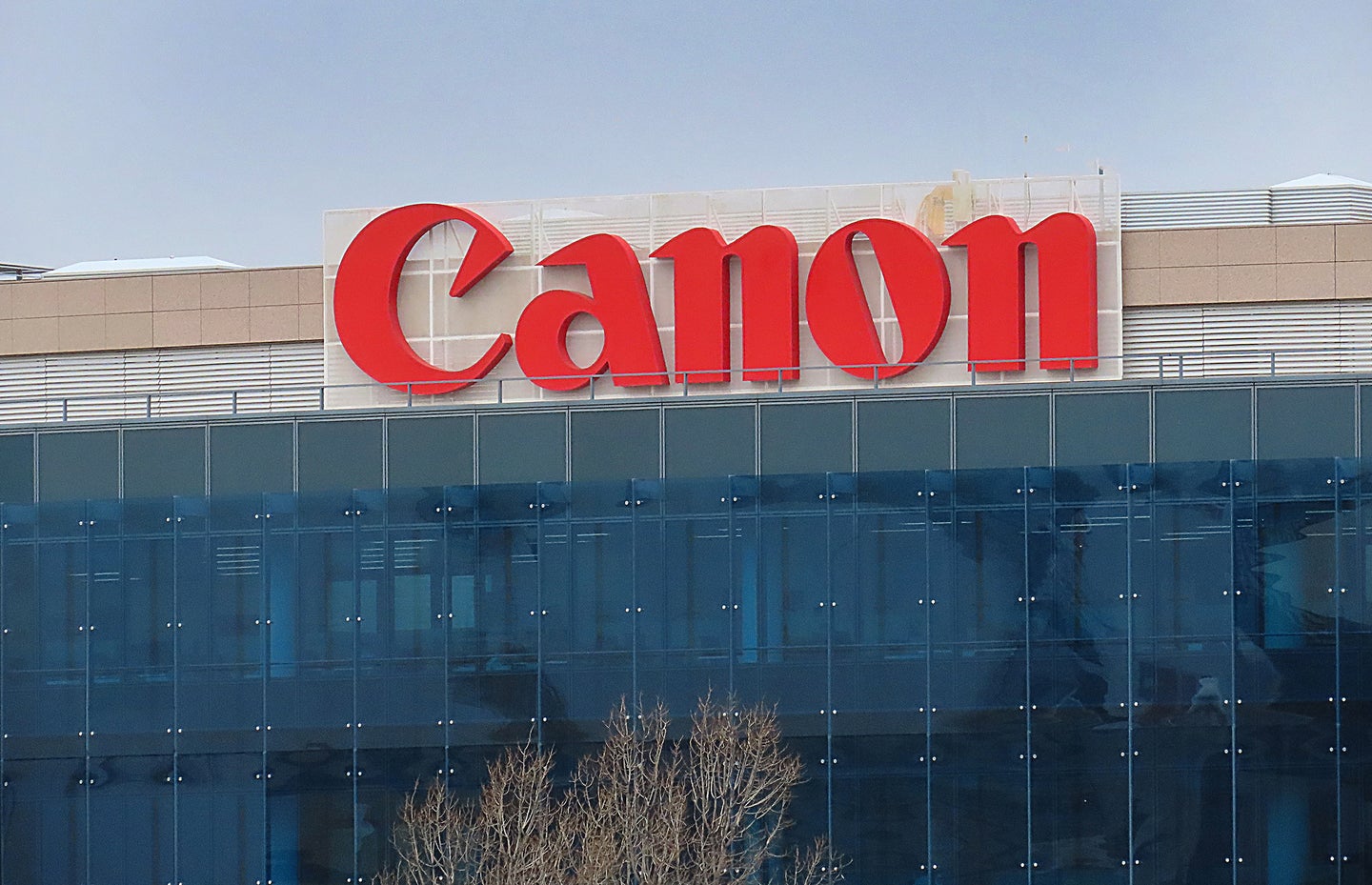Canon: ‘The camera market has largely bottomed out’
Canon expects the pro and 'advanced amateur' segments of the market to pick up steam. But the entry-level segment is essentially kaput.

Canon sees rosier days ahead for its camera business. The company’s recently-released second-quarter 2022 financial results include a Q and A section that addresses questions about the brand’s future in photography. According to the document, Canon feels as if “the camera market has largely bottomed out at its current size.”
Canon’s take on the camera market
Related: Report says Nikon to pull the plug on DSLRs
The Q and A also contains other juicy tidbits, including answers about the future of the DSLR. With recent reports that Nikon is getting ready to phase out mirrored cameras, where does that leave Canon?
“Going forward, we expect the professional and advanced amateur segment to expand further and that products will become more highly developed. Accordingly, we expect the overall market to grow from now on. As for DSLR cameras, we will continue to supply products as long as there is demand,” the document reads.
So, Canon’s future focus will clearly be on more advanced models rather than entry-level cameras. But the brand is less clear about if and when DSLR production could wrap up. Then again, though some say the DSLR is dead, sales data says otherwise.
Canon’s financial outlook
Related: Cash-strapped storage company Drobo files for Chapter 11 bankruptcy
With the worst seemingly in the rearview mirror, Canon is not only looking to double down on its high-end camera offerings but expand its footprint with new investments. The company also notes that it expects supply chain issues and inflation to ease in the near future.
“Even if production around the world recovers smoothly, it will probably take around a year for the inflation caused by the shortage of goods, which arose from supply-chain disruptions etc., to subside naturally. We expect to continue growing as we have transformed our business portfolio and will actively invest to further enhance our products.”
All of this is good news, and at a time when we could probably use it. With recent reports of camera body retirements, lens line discontinuations, product scarcity, brand bankruptcies, and more, it’s nice to know a brighter future for the industry may be just around the corner.
